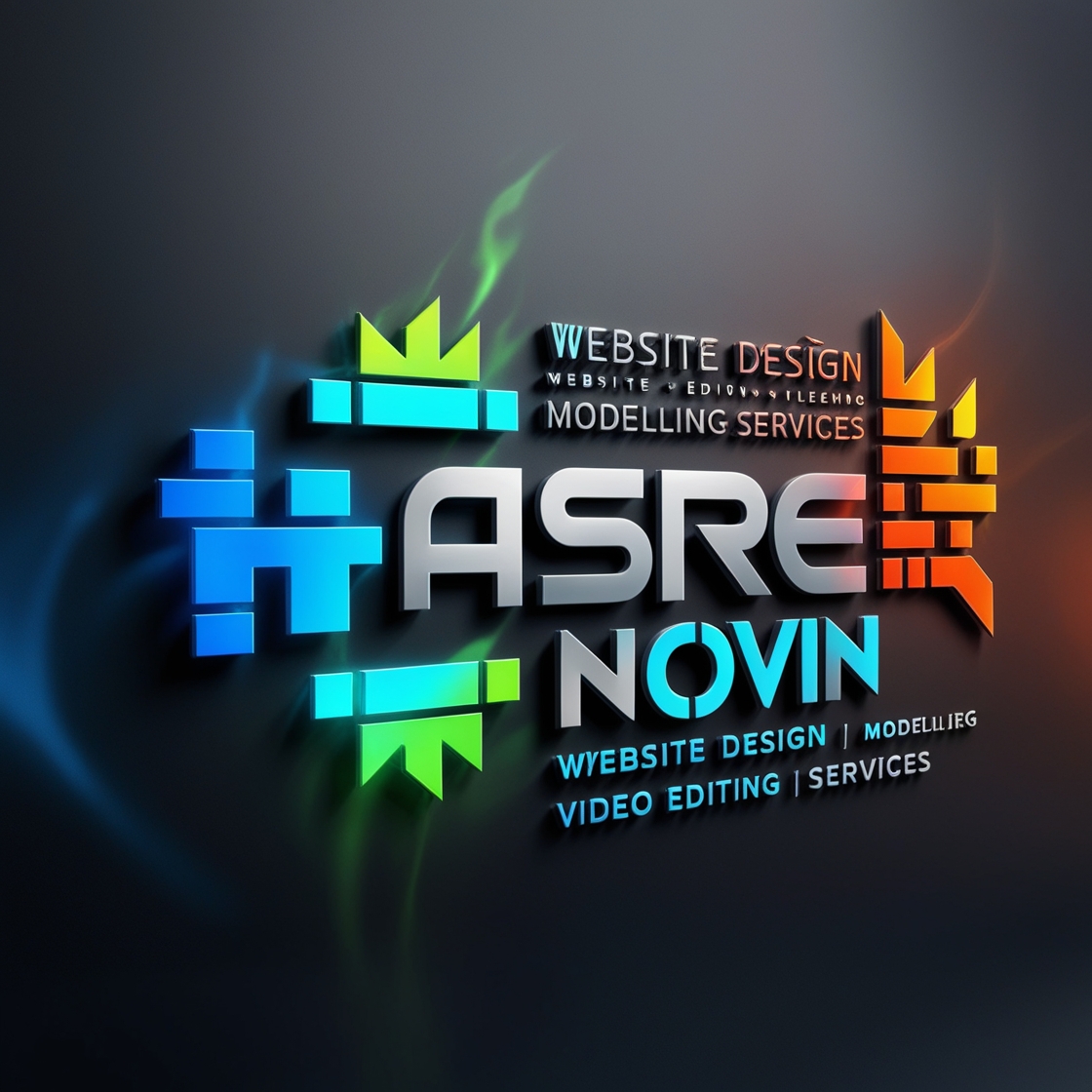- Asrenovin
- WebDesign
WebDesign
We at asrenovin are trying to make the digital world a better space for you

Professional Website Design: The Golden Key to Your Business Success
In Today's Digital Landscape, Your Website is Your Business's Storefront
In the modern digital era, your website serves as the virtual storefront of your business. It's accessible to potential customers worldwide, 24 hours a day, 7 days a week. A professionally designed website, coupled with exceptional user experience and engaging content, can effectively attract new customers, boost sales, and elevate your business to new heights.
Website Design: The Cornerstone of Product Introduction
A well-crafted website acts as a launchpad for showcasing your products, enabling your business to thrive in today's digital marketplace. By effectively introducing your products to a wider audience, you foster brand awareness and pave the way for business growth.
What is web design?
A simple definition of these services is the design and creation of a website or the optimization of an existing website on the internet. Website design or web design also has stages, which are mentioned below:
- Design and creation of a website for information dissemination
- Introducing the company and presenting its products
- Layering web pages
- Content production
- Graphic design
- Compliance with SEO principles
Tim Berners-Lee, the inventor of the web, etched his name in history as the first creator of the web by building a website in August 1991. In the early days of web design, websites were written using simple HTML code. As the web and the art of web design evolved, the coding language, HTML or HyperText Markup Language, became more challenging and flexible, and then the auxiliary language "CSS" replaced them.
I recommend that you definitely visit the world's first website. The design of websites that were made after that was the same. Gradually, more advanced browsers were introduced by Netscape and Microsoft companies, which at that time were the main claimants of browsers in the absence of Google Chrome and Firefox. Gradually, with the replacement of JavaScript and HTML languages, websites gradually took on a better appearance and also benefited from more advanced graphics.
How to design a website?
There are people who want to design a website for themselves. Acquiring skills in this field will greatly help these people to implement their goals in the best possible way. By acquiring website design skills, you can also save a lot of money. In general, the question that comes to mind at the beginning of designing a website for a novice is where to start. In response, it should be said that website design starts with two methods:
- Website design without coding
- Website design with coding
After choosing one of the two methods mentioned above, you can start designing your website in one of the following areas:
- WordPress
- PHP
- Laravel
- HTML
- CSS
- ASP.net
Websites are divided into two general categories:
- Static websites
- Dynamic websites
Static website design
In static website design, a separate design is created for each page of a website and sent to the server. In this type of design, the site manager cannot change the site content, and to change it, he must either learn website design or hire a website designer to make the changes he wants.
Dynamic website design
Dynamic websites are dynamic. This means that in this type of service, all the content of the website pages can be changed by the site manager, and the site manager has the ability to publish a new page with variable content on the site every day.
Website Portfolio Review: An Important Step in Choosing the Best Company
Choosing the Right Web Design Company: A Crucial Step for Business Growth
Selecting the right web design company is a critical decision that can significantly impact your business's online presence and success. In this process, reviewing the portfolios of different companies provides valuable insights into their skills, experience, and design capabilities.
Ritahost: A Showcase of Expertise and Experience
Ritahost takes pride in presenting an extensive portfolio of successful projects across diverse industries. Our team's expertise and experience are evident in the wide range of websites we have designed for various locations and competitive landscapes.
Explore Our Portfolio
To delve into Ritahost portfolio, visit our dedicated portfolio page on our website. You can also connect with our consultants for comprehensive information and expert guidance.

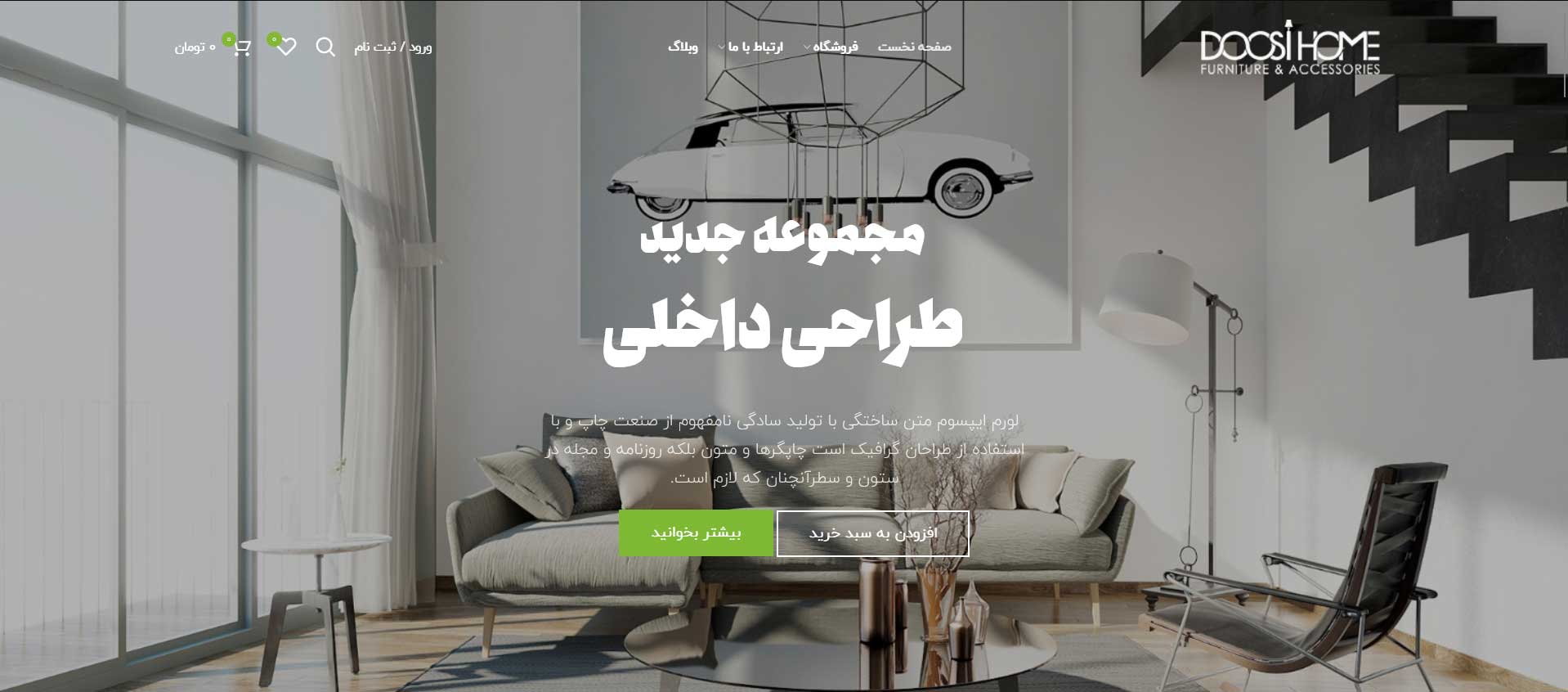


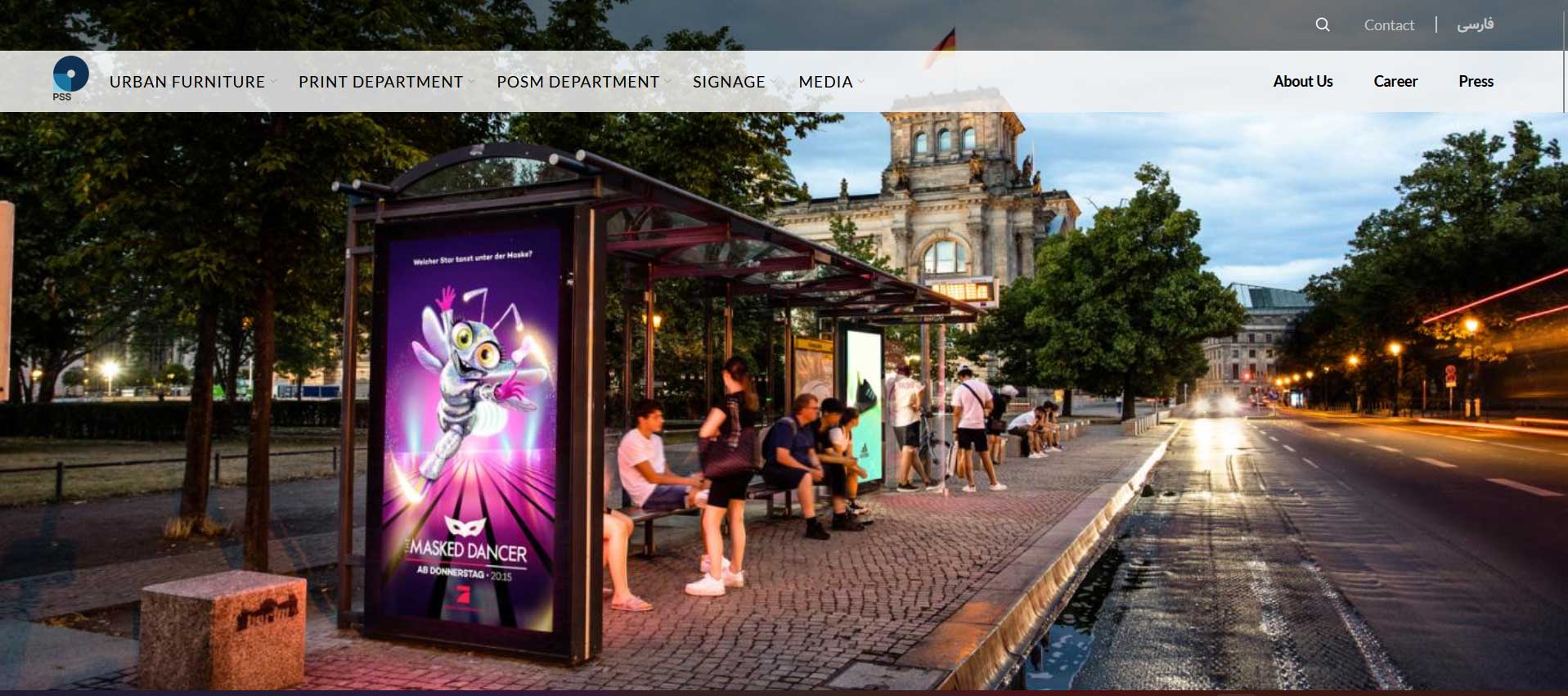
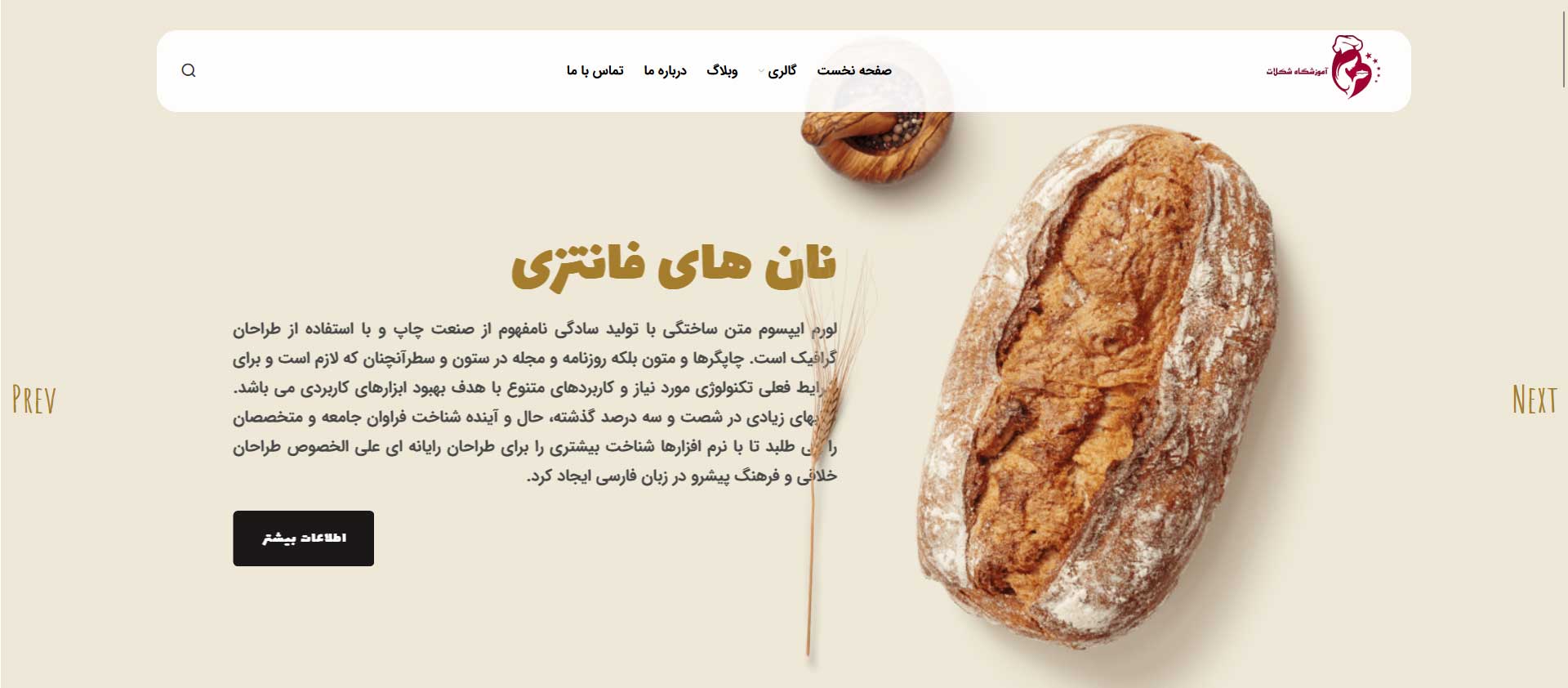



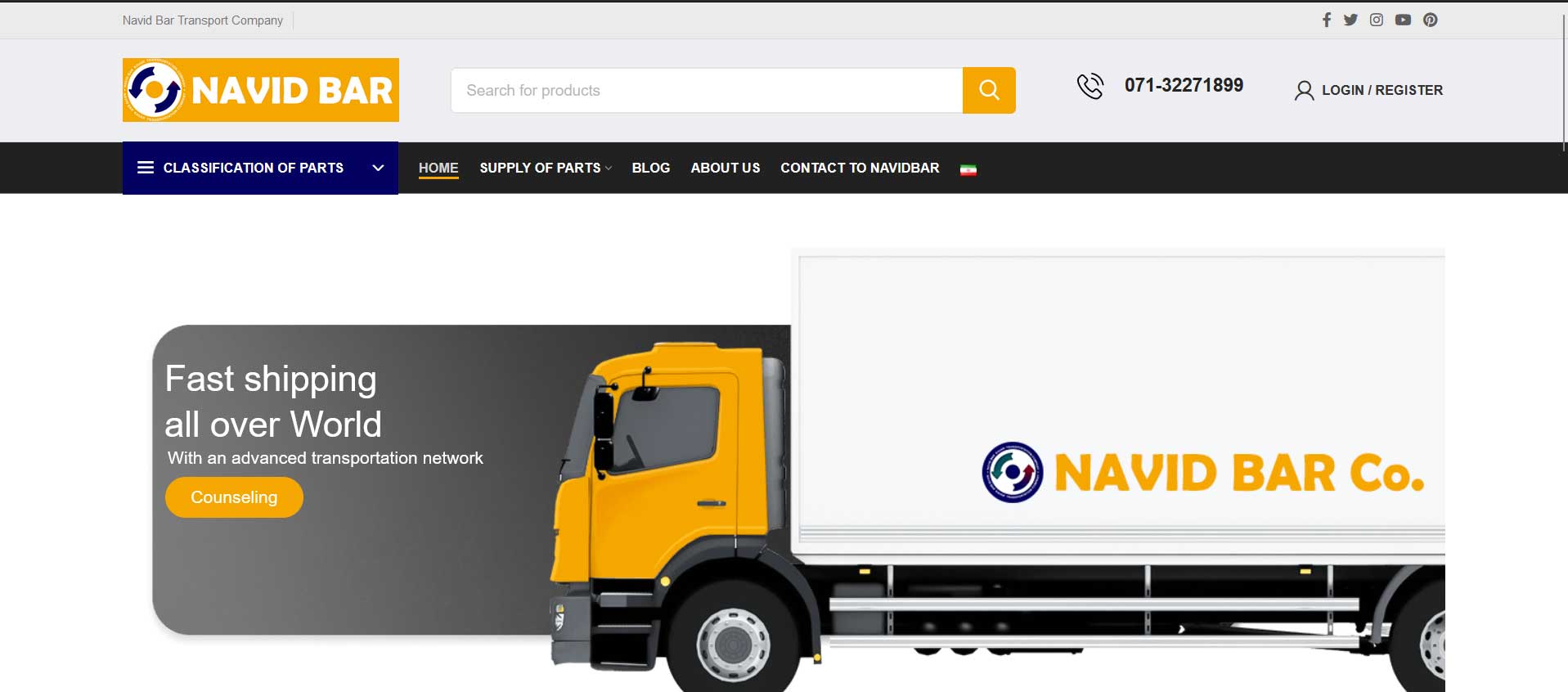

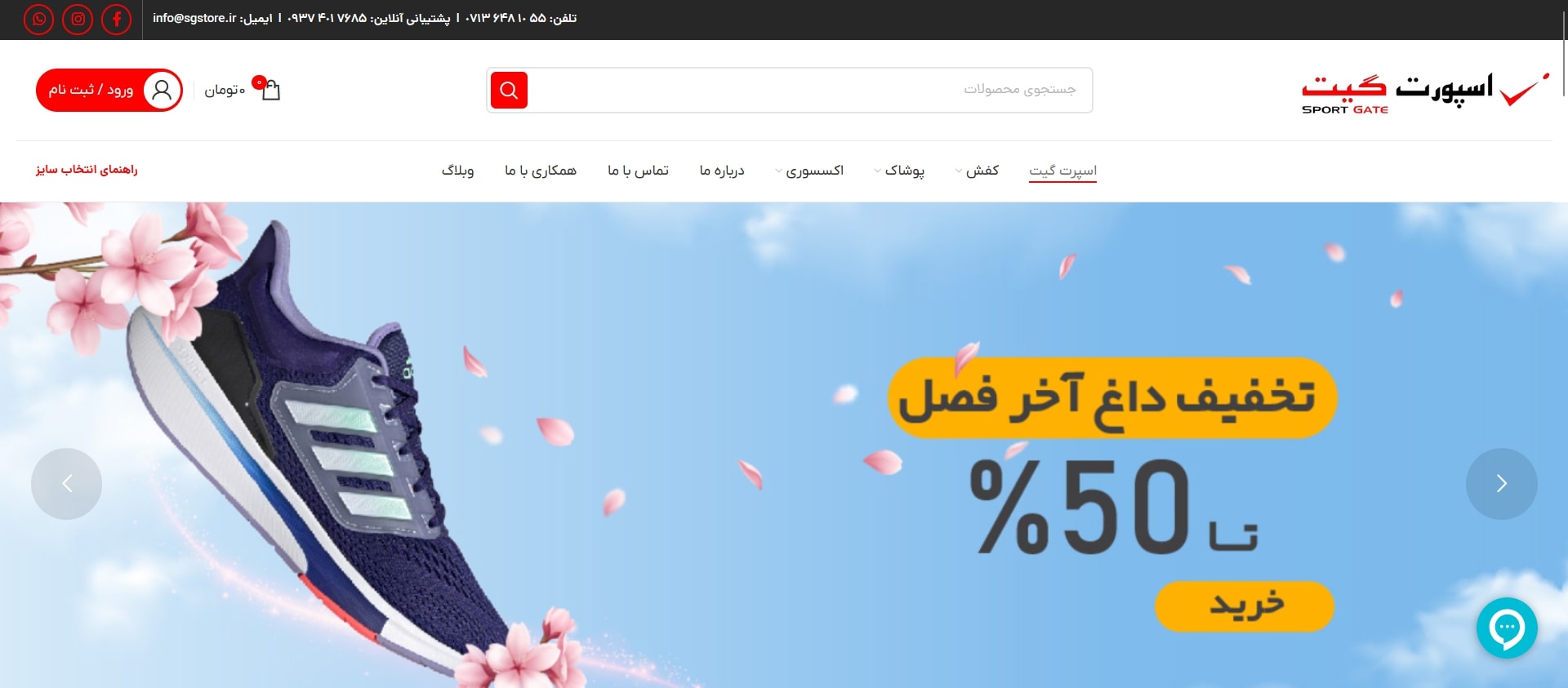




Web Design Process at Ritahost
Every professional endeavor requires meticulous planning. Website design at Ritahost follows a structured process with well-defined steps that must be followed sequentially. Familiarizing yourself with these stages will enhance our collaboration in designing your website
Contact and consultation
Review and needs assessment
Face-to-face meeting and contract conclusion
Graphics Design
Ritahost's graphic design team creates a custom graphic template based on your requirements and preferences and sends you the graphic theme. Upon your approval, the theme is forwarded to the website design team.
Implementation and testing
Ritahost's web design team implements the website according to the graphic theme and sends you the initial link to the alpha version. At this stage, you should thoroughly review the site and send us any feedback or concerns you may have
Finalization and training
After incorporating the final revisions, your website design is complete. The website design checklist is marked off, and finally, you will receive links to instructional videos for working with the website's management panel. Additionally, free technical support will be provided for up to two years
The importance of website design
Web Design: Creating a Visually Appealing, User-Friendly, and Functional Website
Web design encompasses the comprehensive process of crafting a website that delivers an engaging user experience, optimal layout, and practical functionalities. A well-designed and professional website effectively addresses all these aspects in a cohesive and efficient manner. Any shortcomings in these areas can potentially hinder your online presence and business operations.
The Importance of Web Design in Today's Digital Landscape
With the ever-expanding reach of the internet, a vast majority of individuals worldwide are now active online users. This phenomenon has underscored the critical need for businesses to establish an online presence and offer their services virtually.
Web Design: An Essential Component for Business Success
Web design has evolved into an indispensable element for business success. The absence of a well-designed website can negatively impact your business prospects. Today, many potential customers visit your website before making an in-person visit. Therefore, your website must exude a professional appearance and offer a seamless user experience.
Website Speed and User Engagement
According to global statistics, if a website's loading time exceeds 7 seconds, users are likely to abandon the page. This behavior contributes to an increased bounce rate for your website.
Ritahost: Your Partner for Exceptional Web Design Solutions
Prioritize user satisfaction, engagement, and an overall positive user experience by entrusting your website design to Ritahost. Leverage their expertise and reap the benefits of a meticulously crafted website that aligns with your business goals.
Increase access to customers
In today's interconnected world, an effective website transcends geographical limitations, empowering businesses to reach a global audience and expand their market reach. With a well-designed website, you can eliminate physical boundaries and connect with potential customers from all corners of the world.
sales increase
In today's dynamic business landscape, an effective website stands as a powerful tool for driving sales and achieving business objectives. By leveraging the capabilities of a well-designed website, you can effectively engage with potential customers, showcase your offerings, and ultimately boost your bottom line
Improve branding
In today's competitive digital landscape, an effective website serves as a powerful tool for brand recognition and customer engagement. A well-designed website that prioritizes user experience and information accessibility can significantly enhance your brand's visibility and establish a loyal customer base
Increase customer satisfaction
In today's customer-centric business landscape, providing exceptional customer satisfaction is paramount to success. An effective website plays a pivotal role in achieving this goal by serving as a comprehensive resource for customers, fostering engagement, and addressing their needs effectively
being competitive
In today's digitally driven world, a website is no longer a luxury but an essential element for business success. As the internet becomes the primary gateway for consumers to discover and engage with businesses, the absence of a website can leave you at a significant disadvantage compared to your competitors.
Increase credit
In today's digital landscape, a professional website serves as a cornerstone for building trust and credibility among customers and business partners. A well-designed and informative website acts as a virtual storefront, showcasing your expertise and establishing your brand as a reputable and reliable entity.
New opportunities
In today's interconnected world, a website transcends its role as a mere digital storefront, transforming into a gateway to a myriad of new business opportunities. By harnessing the power of a well-crafted website, businesses can expand their reach, forge new connections, and unlock avenues for growth that were previously unimaginable.
Data collection
Sure, here are some of the online tools that you can use to gather useful information about your customers and market:
reduction in costs
In today's dynamic business landscape, traditional marketing methods can often prove to be expensive and less effective in reaching a wider audience. However, with the advent of digital technologies, businesses can leverage the power of a well-designed and maintained website to achieve their marketing goals in a more cost-effective manner.
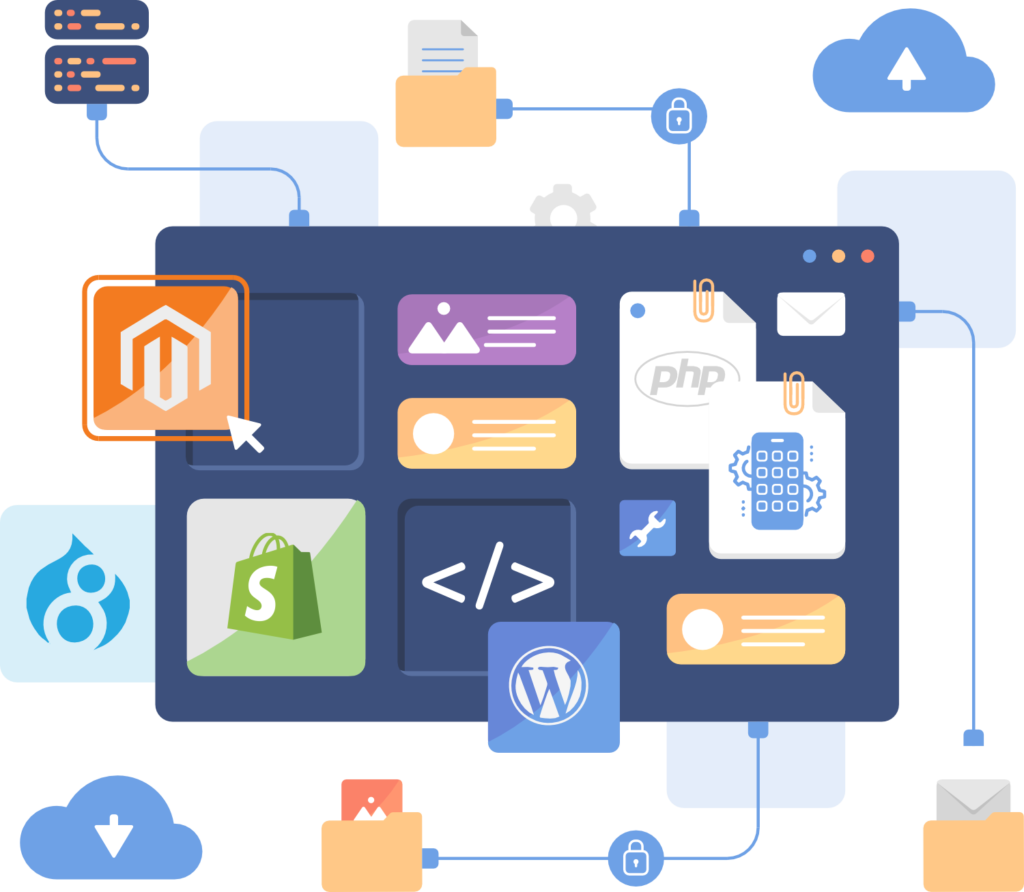
Exclusive website design at Ritahost: a unique experience for your business
In today's digitally driven world, a well-crafted website serves as the cornerstone of a successful online presence. Ritahost, recognized as a leading website design provider, empowers businesses of all sizes to establish a strong online identity and achieve their growth objectives. Here's a glimpse into how Ritahost expertise and unique offerings can propel your business forward:
Some of the distinctive features of exclusive website design in Rita are:
face-to-face meetings
Comprehensive digital marketing services
Variety in the choice of programming language
Responsive Design
No need for a mobile application
As Ritahost website design process progresses,
the team reaches a crucial milestone: the development of the alpha version. This initial version represents a significant step towards the completion of your website, providing a tangible representation of the design and functionality envisioned in the earlier stages
Dynamics and the possibility of updating
Easy management panel
Complete training
After applying the final modifications, your website design is finished. The site design checklist is completed and finally, the link of the training videos for working with the site management panel will be sent to you. Also, free technical support will be provided for up to two years.
SEO and optimization
creativity and innovation
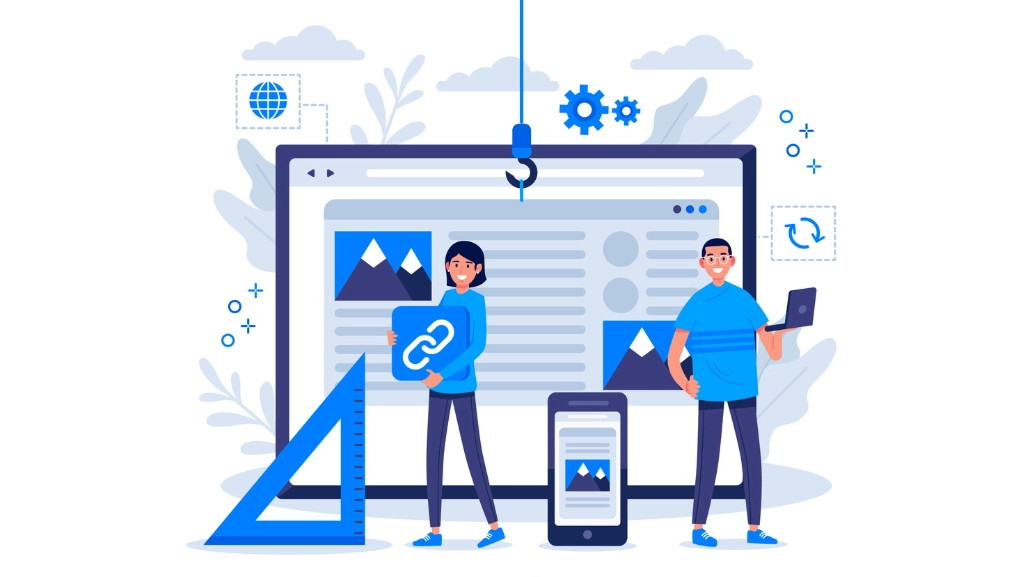
How much does it cost to order a website design?
Factors affecting the price of website design:
Static Websites:
Static websites present information in a fixed format, typically generated from HTML, CSS, and JavaScript files. They are ideal for displaying basic content and do not require server-side scripting or databases. Due to their simpler structure and development process, static websites are generally less expensive than dynamic websites.
Dynamic Websites:
Dynamic websites, on the other hand, generate content based on user interactions or data stored in a database. They often utilize server-side scripting languages like PHP or Python and require database management systems like MySQL or PostgreSQL. The complexity of dynamic websites, along with the need for specialized skills and expertise, contributes to their higher cost compared to static websites.
CMS-Based Websites:
Content management systems (CMS) like WordPress, Drupal, and Joomla provide a user-friendly interface for managing website content without extensive programming knowledge. Websites built using CMS platforms tend to be more cost-effective compared to custom-designed websites that require coding from scratch.
Graphics and Features:
Graphics and Visual Elements:
Websites with extensive graphics, such as high-resolution images, complex animations, and interactive elements, require more time and expertise to create, leading to higher design costs.
Advanced Features and Functionalities:
Websites that incorporate advanced features like e-commerce integration, user authentication systems, or complex data management functionalities demand more development effort, increasing the overall cost.
Company Reputation and Support:
Company Reputation and Experience:
Established web design companies with a proven track record and a portfolio of successful projects typically charge higher rates due to their expertise, experience, and reliability.
Support Services and Maintenance:
Comprehensive support services, including ongoing maintenance, updates, bug fixes, and security patches, contribute to the overall cost of website design
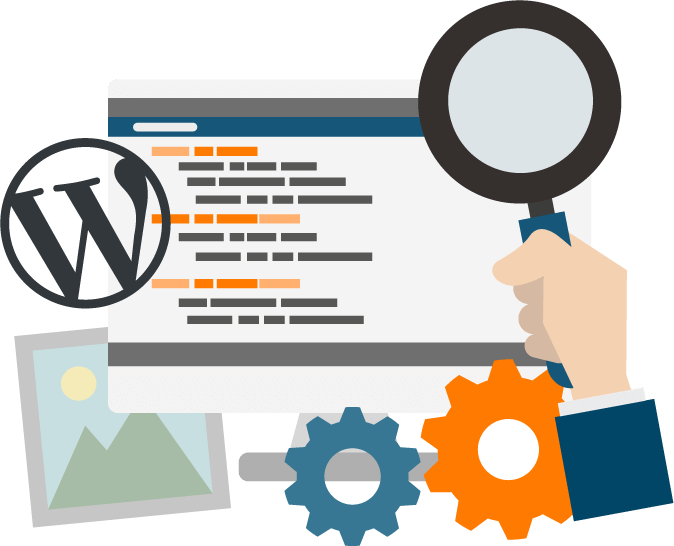
Website design with WordPress and its costs
Reasons for the popularity of WordPress:
WordPress: A User-Friendly and Versatile Content Management System
WordPress has revolutionized web development by providing an intuitive and accessible platform for individuals and businesses to create and manage their online presence. Its user-friendly interface and extensive features empower users with diverse skill levels to build websites that cater to their specific needs.
Simplicity at its Finest: WordPress for Beginners and Beyond
WordPress stands out for its remarkable ease of use, making it an ideal choice even for those with limited technical expertise. Its intuitive interface and drag-and-drop functionality simplify the website creation process, allowing users to effortlessly add, edit, and manage content without the need for extensive coding knowledge.
Unleashing Creativity: A Canvas for Diverse Websites
WordPress’s versatility extends beyond its user-friendliness, offering a remarkable degree of flexibility to cater to a wide range of website needs. Whether you envision a simple blog, a dynamic business website, or an engaging e-commerce store, WordPress empowers you to bring your vision to life.
Cost-Effective Solution:
Free Software: WordPress's core software is freely available for download and use, eliminating licensing fees and making it an appealing option for budget-conscious users.
Theme and Plugin Ecosystem: A vast library of free and premium themes and plugins extends WordPress's functionalities without incurring additional licensing costs.
Community-Driven Support:
Extensive Documentation: WordPress boasts comprehensive documentation and tutorials, readily accessible online, to guide users through the setup and customization process.
Active Forums and Communities: Vibrant online forums and communities provide a platform for users to seek assistance, share knowledge, and collaborate on solutions.
Developer Contributions: WordPress's open-source nature fosters continuous development and improvement through contributions from a global community of developers.
Examples of Websites Powered by WordPress:
WordPress powers a diverse range of websites, including:
News and Media: BBC News, The New York Times, The White House
Corporations: Sony, Mercedes-Benz
E-commerce: WooCommerce, Shopify
Cost of WordPress Website Design:
While WordPress itself is free, the overall cost of a WordPress website depends on various factors, including:
Website Complexity: Simpler websites with basic features typically cost less than complex e-commerce sites or custom-designed sites.
Design and Development: Custom design and advanced development increase the cost.
Features and Functionalities: Additional features like e-commerce integration or user authentication systems add to the expense.
Content Creation: If website design includes content creation, such as writing copy or sourcing images, this adds to the overall cost.
Ongoing Maintenance and Support: Some website design packages include ongoing maintenance and support services, such as updates, bug fixes, and security patches.
Considerations for Cost-Effective Website Design:
Clearly Define Your Needs: Clearly defining your website's purpose, target audience, and desired functionalities helps you choose the right approach and avoid unnecessary expenses.
Prioritize Essential Features: Start with the core features and functionalities that are essential for your website's objectives. Additional features can be added later as budget permits.
Consider Ready-Made Templates: If your website has a basic structure and design requirements, using ready-made templates can significantly reduce costs.
Explore Freelancers or Smaller Agencies: Freelancers or smaller agencies may offer competitive rates while still providing quality services.
Seek Transparent Pricing from Web Designers: Choose web design companies that provide clear and transparent pricing breakdowns and detailed estimates.
Conclusion:
WordPress has established itself as a powerful and cost-effective CMS, empowering individuals and businesses to create and manage their websites without extensive technical expertise. Its user-friendly interface, extensive features, vast community support, and affordability make it an ideal choice for a wide range of web development needs.

Store website design
Online shops, also known as e-commerce stores, have revolutionized the way businesses operate and consumers shop. These virtual storefronts leverage the power of the internet to offer a wide array of products, services, and experiences, making them a popular choice for both businesses and customers alike
What is SEO?
Demystifying SEO: Attracting Customers through Google
In today's digital age search engines like Google have become the primary gateways for users to discover information and make purchasing decisions. This is where Search Engine Optimization (SEO) comes into play. SEO is the art and science of optimizing your website to rank higher in search engine results pages (SERPs), increasing visibility and attracting more organic traffic.
SEO: A Simple Explanation
Imagine you're searching for a product or service on Google. The websites that appear at the top of the SERPs have likely undergone SEO efforts to improve their ranking and visibility. SEO encompasses various strategies and techniques that aim to make your website more appealing to both search engines and human visitors
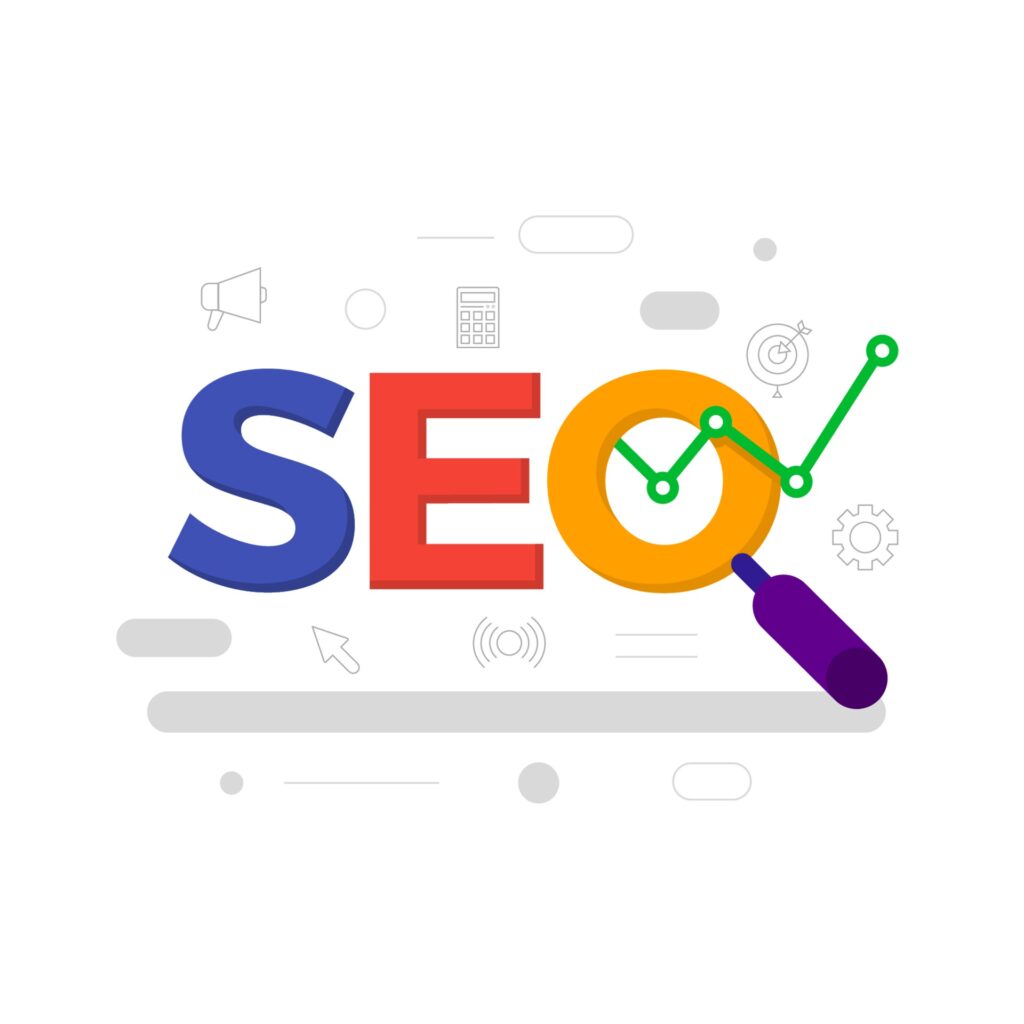
Frequently Asked Questions
Questions that may arise for you
What kind of website do I need?
The type of website you need depends on your business or organization and your specific needs.
Here are some common types of websites along with their typical uses:
1. Business Websites:
Business websites serve as the digital storefront for companies, showcasing their products, services, and brand identity. They aim to inform potential customers about the company's offerings, establish credibility, and drive leads or sales.
Key Features:
Company information and history
Product or service descriptions
Contact information and location details
Client testimonials or case studies
Blog or news section
Examples:
Apple
Nike
Google
2. E-commerce Websites:
E-commerce websites facilitate online shopping by allowing customers to browse, select, and purchase products directly from the website. They provide a convenient platform for businesses to expand their reach and cater to a wider audience.
Key Features:
Product listings with detailed descriptions and images
Shopping cart and secure checkout process
Payment gateway integration
Order tracking and management
Customer support channels
Examples:
Amazon
eBay
Alibaba
3. Personal Websites:
Personal websites serve as online portfolios or virtual resumes, highlighting an individual's skills, experience, and accomplishments. They are particularly useful for freelancers, artists, or professionals seeking to establish their online presence.
Key Features:
About Me section with personal information and background
Portfolio showcasing work samples or projects
Skills and expertise highlighting areas of competence
Contact information and links to social media profiles
Examples:
Seth Godin
Marie Forleo
Chris Guillebeau
4. Blog Websites:
Blog websites provide a platform for sharing thoughts, opinions, and expertise on specific topics. They allow individuals or organizations to engage with their audience, establish thought leadership, and attract potential customers or followers.
Key Features:
Regularly updated blog posts with engaging content
Categorization of posts based on topics or themes
Commenting system for reader interaction
Social media sharing buttons
Subscription options for email updates
Examples:
Mashable
TechCrunch
Harvard Business Review
Choosing the Right Website Type:
The type of website you choose should align with your primary goals and target audience. Consider factors like:
Purpose: What do you want your website to achieve? Inform, sell, educate, or entertain?
Audience: Who are you trying to reach with your website?
Content: What kind of content will you be sharing on your website?
Budget: How much are you willing to invest in website creation and maintenance?
By carefully evaluating these factors, you can select the most suitable website type for your needs and effectively establish your online presence
What are the main components to start a site?
Domain Registration and Renewal:
To secure your desired domain name, you need to register it through a domain registrar. Domain registration typically involves an annual or monthly fee, and you must renew your registration periodically to maintain ownership of your domain name.
Hosting: The Home for Your Website's Content
Website hosting provides the physical space on the internet where your website's files and data reside. When visitors access your website, they are retrieving these files from the hosting server.
How long does it take to design a website?
The time it takes to design a website depends on various factors, including:
- Website Complexity: Intricate and larger websites naturally require more design time.
- Content Volume: If you have a substantial amount of content for your website, it will demand more design time.
- Revision Count: The more revisions made throughout the design process, the longer it will take to finalize your website.
Here's a more detailed breakdown of each factor:
Website Complexity:
Simple websites with a few pages and basic functionality can be designed relatively quickly, typically within a few weeks. In contrast, complex websites involving multiple pages, advanced features, and custom designs may take several months or even longer to complete.
Content Volume:
The amount of content you have for your website significantly impacts the design timeline. If you have a lot of text, images, videos, or other content elements, it will take longer for designers to incorporate and organize them effectively.
Revision Count:
Revisions are an integral part of the design process, allowing you to refine and tailor the website to your exact preferences. However, excessive revisions can extend the project timeline. Clear communication and upfront discussions about your expectations can help minimize revisions and streamline the process.
In addition to these primary factors, other considerations can influence the design timeframe, such as:
- Designer Availability: The availability of the designer or design team can impact the project schedule.
- Client Responsiveness: Timely feedback and approvals from the client can expedite the design process.
- External Dependencies: Integrating third-party tools or APIs may introduce additional complexities and time requirements.
It's crucial to discuss these factors with your web designer or development team to establish realistic expectations and set a feasible timeline for your project. Effective communication and collaboration are key to ensuring a smooth and timely website design process.
Do I need technical knowledge to design a website?
If you wish to manage your website independently, we provide comprehensive training on utilizing the control panel. This empowers you to make updates, add content, and manage various aspects of your website without relying on technical expertise.
Can I edit my website after the design is complete?
What kind of features can I have on my website?
Can I turn my website into an online store?
Can I connect my website to social networks?
Integrating Social Media with Your Website: Three Effective Strategies
Display Social Media Links:
A simple yet effective way to integrate social media is to prominently display your social media links on your website. This allows visitors to easily connect with your brand on their preferred social media platforms, fostering engagement and encouraging them to follow your social media pages.
Enable Social Sharing:
Enhance your website's social media presence by enabling social sharing buttons for your content. This allows visitors to easily share your blog posts, articles, or other website content with their social media networks, expanding your reach and generating buzz around your brand.
Automate Social Media Posting:
For a more advanced integration, consider implementing social media automation tools. These tools can automatically post your website's content to your social media channels, saving you time and effort while ensuring consistent social media engagement.
Will my website be mobile responsive?
How can I increase the ranking of my website in search engines?
SEO: The Cornerstone of Website Promotion
In today's digital world, where search engines like Google serve as the primary gateways to online information, Search Engine Optimization (SEO) has emerged as a crucial aspect of website promotion. SEO encompasses a range of strategies and techniques aimed at enhancing a website's visibility and ranking in search engine results pages (SERPs).
Understanding the SEO Promotion Connection
SEO plays a pivotal role in website promotion by driving organic traffic, which refers to visitors who arrive at your website through unpaid search results. When your website ranks higher in SERPs, it gains increased exposure to potential customers, leading to a higher likelihood of clicks and conversions.
SEO Promotion: A Multifaceted Process
Effective SEO promotion involves a comprehensive approach that addresses various aspects of your website, including:
Keyword Research: Identifying relevant keywords that people use when searching for products or services related to your business.
On-Page Optimization: Optimizing your website's content, title tags, meta descriptions, and header tags to align with target keywords and enhance search engine understanding.
Technical SEO: Ensuring your website's technical infrastructure, such as site speed, mobile-friendliness, and URL structure, meets search engine standards.
Link Building: Acquiring backlinks from reputable websites to signal your website's authority and trustworthiness to search engines.
Content Creation: Regularly producing high-quality, informative content that provides value to users and encourages engagement.
User Experience (UX): Prioritizing user experience by ensuring your website is easy to navigate, visually appealing, and provides a seamless user journey.
SEO Promotion: A Continuous Journey
SEO promotion is not a one-time effort but rather an ongoing process that requires consistent attention and adaptation. Search engine algorithms evolve regularly, and so should your SEO strategies. Regularly monitoring your website's performance, analyzing search trends, and making adjustments as needed are essential for maintaining a strong SEO presence.
